I wanted to share some obsolete knowledge from my telecoms days, because I think it's relevant to a recent post where there was much debate on the categorisation of words.
Computers talk to each other using languages called 'protocols'. If you're into such things, TCP/IP, CO3, SNA and DEC LAT are examples. Protocols fall into two broad categories - Bit Oriented Protocols and Byte or Character Oriented Protocols. For short, they are known as BOPs and COPs.
A BOP uses a rigid structure to signal information. In an 8 bit 'word', such as 11010001, the first digit might represent 1 for send or 0 for receive, the next 3 digits might signify the recipient address and so on. A particular digit or 'bit' always means the same thing. The sender doesn't have to say "I'm telling you where I want my message to go, here's the address..." because the receiver knows it's the address because of where it is. The sender doesn't need to say "I've finished" because the receiver knows it's only going to get 8 bits. When it receives bit number 8, the message is over.
You don't have to say "Please deliver to:" when you write an envelope, that instruction is implied in the presence of something that looks like an address on the same side of an envelope as the stamp. A BOP uses no more space than it absolutely needs, it's very efficient, but it's very prone to errors. A single noise spike on a transmission line will knock a BOP protocol completely out of action. I once spent 4 hours on customer site with a data analyser trying to catch such a problem that switched a huge overnight print run from producing factory production data to churning out pages and pages of gibberish. Some electrical noise corrupted the signal, turning a '16' into '11', which the receiver couldn't understand, and which it had no way to recover from.
A COP uses a flexible structure. COPs can typically transmit variable sizes of data, because it doesn't matter where the signalling information is as long as it is explicitly marked out as such. A COP can say, "here's the address" followed by almost any length of message, and as long as it ends with the code for "bye!" the receiver knows that it has the complete message. A COP can correct transmission errors. In TCP/IP, which your computer is using right now to receive this post, if the receiver thinks the message doesn't look right, it asks the sender to send it again, and pieces together the fragments in the right order, even though they might be received out of sequence. It's like dropping a document and scattering the pages all over the floor. As long as the pages are numbered, it doesn't matter.
Why am I telling you all this? How is this relevant to Meta Model? Well, if you hadn't already guessed, human language has some aspects which are analogous to a BOP, and some that are analogous to a COP.
A COP makes the content significant. Tomato is what it is, a thing, an object, a fruit popular in sandwiches and Italian cooking. Except when it's an adjective for a flavour or a colour. So our symbol, in our linguistic COP, isn't unambiguous, it needs context. The word 'tomato' is not enough information, we also need to know its position. In a SOV language, if the word is in the S or O position, it's a noun, if it comes before something in the S or O position, it's an adjective. We would never expect to see it in the V position. And yet with many words, we do find them in the V position when they don't belong there. Such is the flexibility of our linguistic machinery that we can move words into any position and they still make sense. Kinda. Sensey make order in any. We can do this because we have an understanding of language both as a BOP and as a COP. We recognise a word and know where it should be, even if it isn't, and we know what's missing, even when it's not stated. Of course, we're filling in those gaps from our own experiences and expectations, which means we're receiving our own signal, looped back, not the signal from the other person.
If, as coaches or whatever we are, we think we 'know' what the client said, then we're actually coaching ourselves. If we really listen, and if we 'unfold the map' with Meta Model, then we discover more about what the client is experiencing, and we hope that's to their benefit too.
